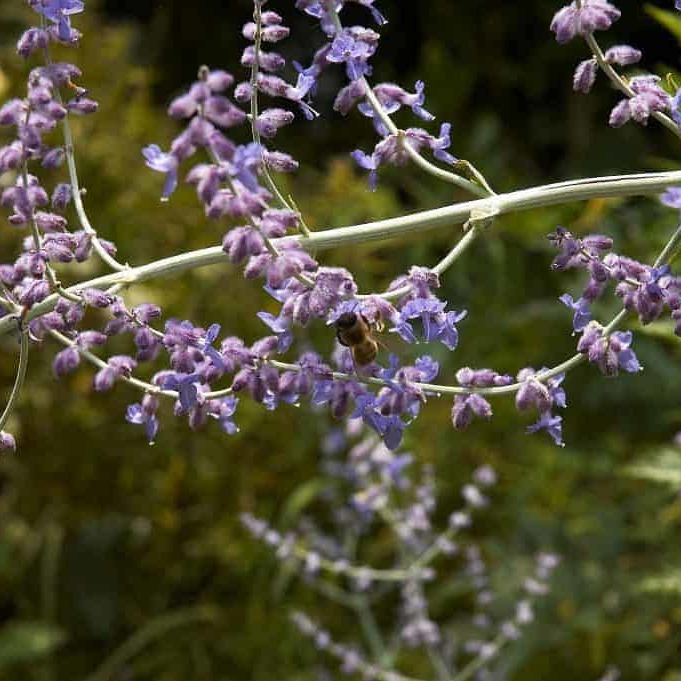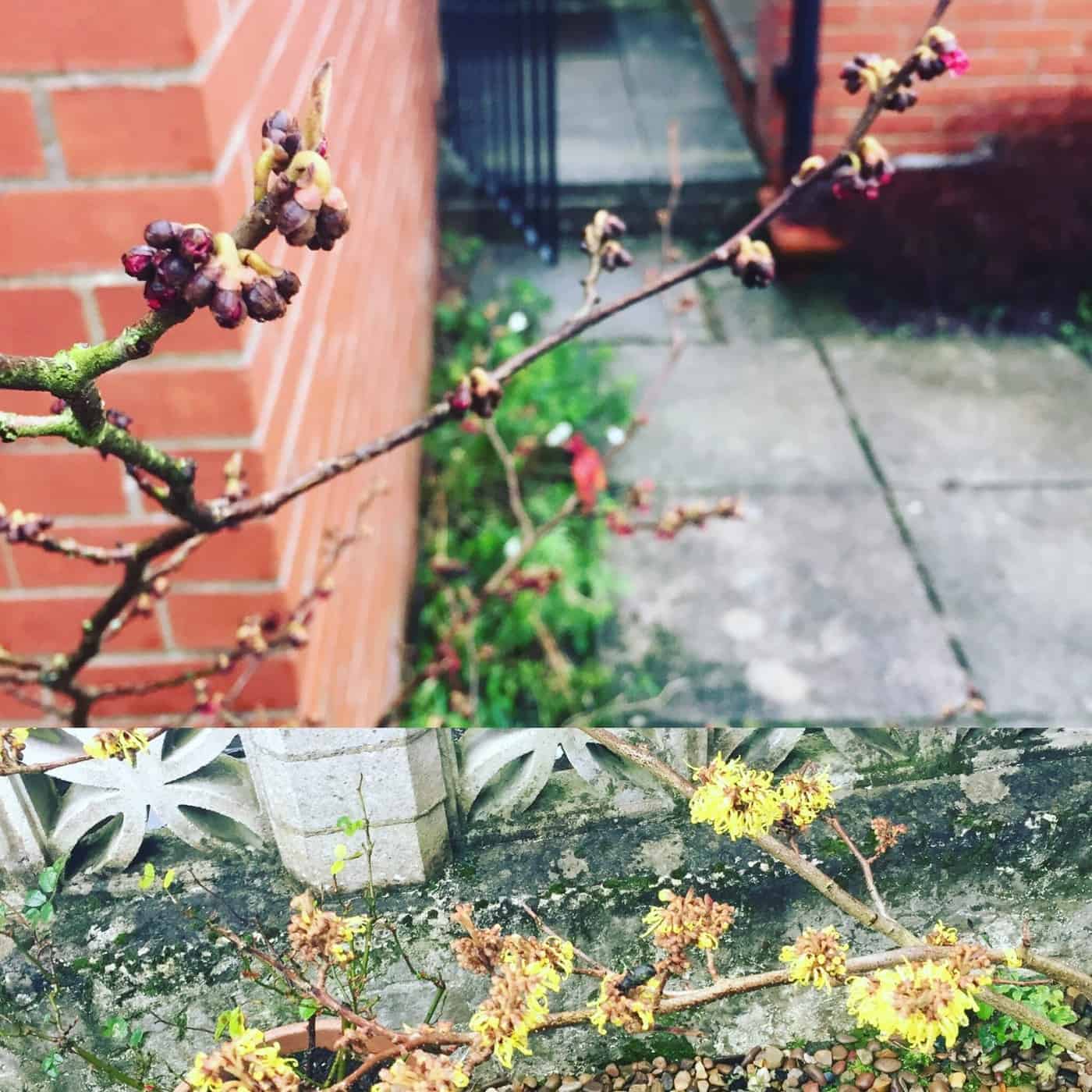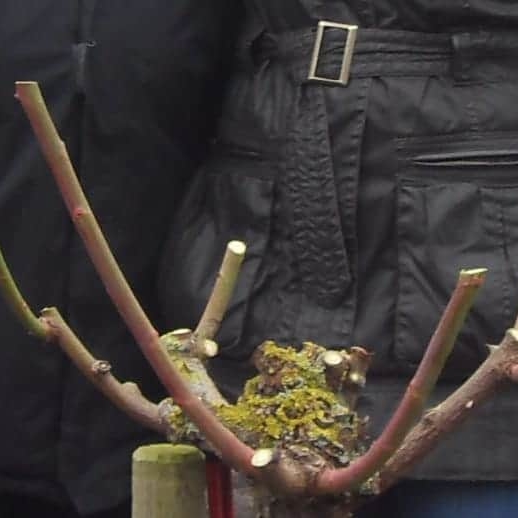Following on from our look into the first category, here’s an overview of RHS Pruning Groups 2, 3 and 5. The Royal Horticultural Society treats these classes in one place, and so shall we. The reason? Plants in these categories are all deciduous and early-flowering, i.e. late winter, spring and early summer. You have to take care not to mis-time your pruning here or future flowers will be lacking.
When?
Ideally, prune shrubs as soon after flowering as possible. They can flower in late winter (January), spring through to early summer (June) months.
How?
As in Group 1, begin by cutting back any damaged, diseased or crossing shoots that may lead to illness and death.
What follows then depends on if your plant is in Group 2, 3 or 5:
- Group 2: As these shrubs produce blooms on strong young growth, it’s important to prune flowered stems back to fresh new shoots. The RHS also recommends pruning 20% of old growth back to almost ground level every year.
- Group 3: Cut back one-in-three of all stems to ground level annually. Prune spent flower stems back to vigorous sideshoots further down the plant.
- Group 5: Cut back all stems to ground level to encourage a flush of new growth.
Why?
These shrubs produce their flowers on young stems which grow over the previous year. We don’t want to lose any developing buds or fresh flowers, so we wait until they’ve finished. By subsequently cutting back the spent shoots, we leave adequate time for new stems to grow. These will be strong enough to form future blooms come the next flowering period.
We only really use one early-flowering plant in our gardens to date:
- Lonicera nitida ‘Maigrun’ (unless grown as a hedge) – 2
Kevin Gelder
Kevin joined Bestall & Co in late 2017 and brought a range of skills with him from a varied background. He gained a degree in French and Italian from Lancaster University in 2009 before successfully completing a PGCE at the University of Sheffield in 2011. He built on his communication skills through secondary language teaching, before working in healthcare administration.
Ultimately though it was his passion for plants and gardening which brought him to Bestall & Co as a member of the planting team, and although he's now moved back to an office based role, the articles he wrote whilst he was still with us live on.



